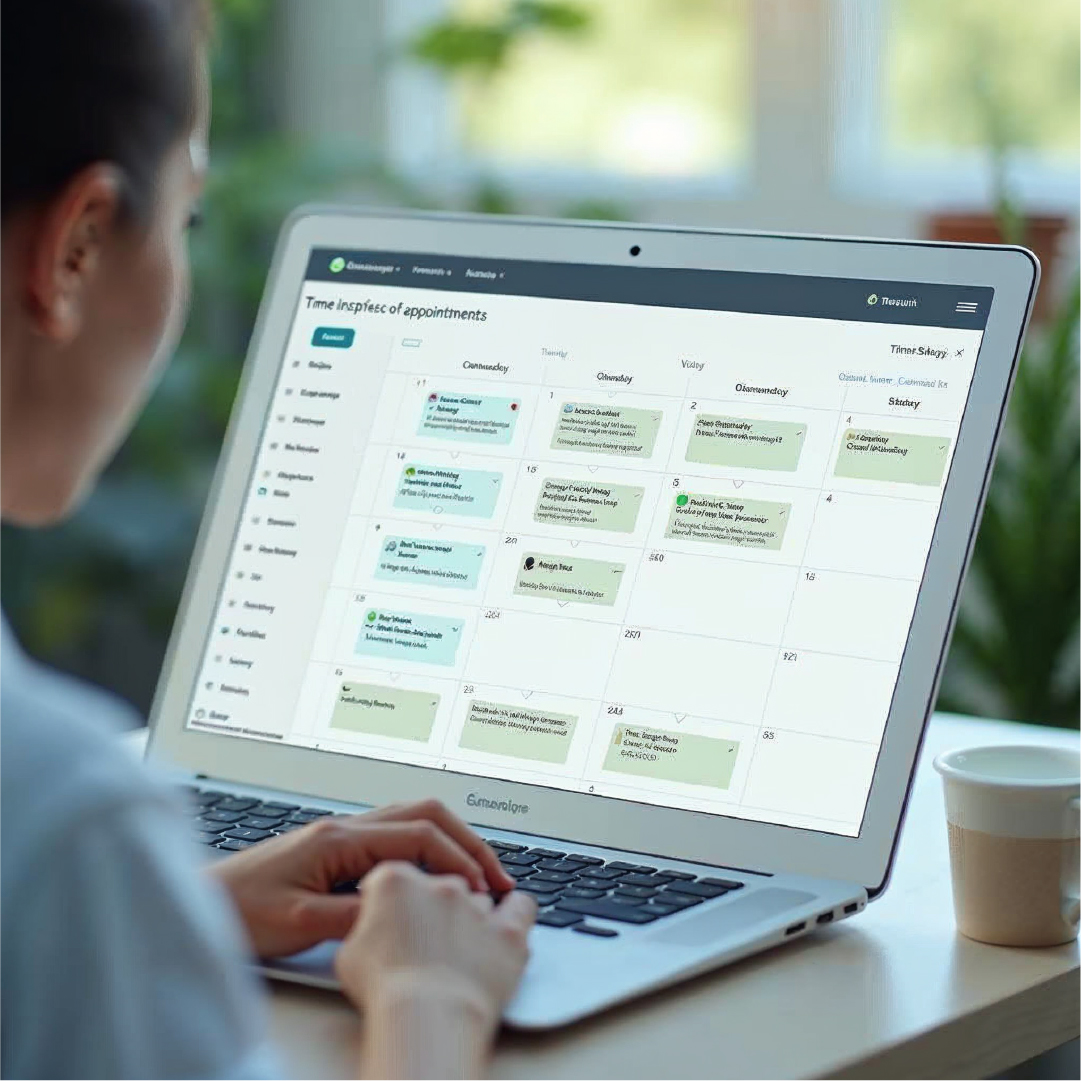Picture this, you walk into a clinic, and without a single piece of paper exchanged, your doctor reviews your full medical history, prescriptions, and recent test results. There’s no need to chase down records or repeat your story. That’s the transformative power of interoperability in healthcare. By creating systems that communicate effortlessly, we’re reshaping how healthcare data is shared and accessed, saving time, reducing errors, and putting patients at the center of it all. As 2025 unfolds, interoperability is no longer just a buzzword—it’s the foundation for smarter, faster, and more compassionate healthcare.
What is Interoperability?
Healthcare thrives on connection—between patients and providers, data and decisions, and systems that should work in harmony. Interoperability is the key to breaking down barriers that keep vital information locked away. By enabling seamless healthcare data sharing and collaboration, it empowers providers with the insights they need, whether it’s from electronic health records (EHRs), lab results, or public health platforms. More than just tool for efficiency, interoperability drives innovation and transforms care delivery, improving outcomes for everyone involved.
Why Interoperability Matters More Than Ever in 2025
Healthcare is at a turning point. With rising patient expectations and regulatory pressures, the need for streamlined systems has never been greater. Here’s why interoperability has become a cornerstone of modern care:
1. Better Patient Outcomes
Access to complete, up-to-date information allows providers to make more accurate diagnoses and create tailored treatment plans. Imagine how much faster a specialist can act when they have a patient’s history instantly available. Interoperability doesn’t just enhance convenience—it saves lives by improving the speed and precision of care.
2. Empowered Patients
Patients are no longer just recipients of care; they’re active participants. Interoperable healthcare platforms provide them with real-time access to their health records, fostering better communication with providers and greater engagement in their health journey.
3. Data-Driven Insights
Analytics has become a game-changer in healthcare, and data exchange is its backbone. From identifying public health trends to tailoring care for specific populations, interoperability enables organizations to transform raw information into actionable insights.
4. Streamlined Operations
Administrative burdens are lightened significantly when systems work in harmony. Automated processes for referrals, billing, and reporting reduce redundancy, freeing up resources to focus on what truly matters—delivering exceptional care.
The Building Blocks of Interoperability in 2025
Success in achieving seamless healthcare integration relies on several key components:
1. Health Information Exchange (HIE)
HIE systems enable the secure transfer of patient data between providers. Whether it’s sending a referral or reconciling incoming information, these tools form the backbone of shared access to health data. Bi-directional exchanges have become a standard in 2025, ensuring that healthcare organizations have shared, updated patient information for decision-making.
2. Patient-Accessible Data
Modern healthcare platforms give patients the ability to access, share, and use their health information. Whether through apps or secure web portals, these tools put patients in the driver’s seat, letting them make informed decisions about their care.
3. Public Health Reporting
Efficient data sharing isn’t just about individual patients. Public health agencies benefit immensely from timely, accurate information. Systems that can automatically report data on immunizations, infections, and other metrics improve the ability to respond to crises and plan for the future.
Challenges on the Road to Interoperability
The path to achieving full interoperability hasn’t been without its obstacles. Building a truly connected healthcare system requires overcoming several hurdles:
- Standardization
Inconsistent data formats and varying standards create roadblocks to seamless communication. Standardizing how information is recorded and shared is critical to building systems that can work together effectively.
- Legacy Systems
Many healthcare organizations still rely on older technologies that weren’t designed for interoperability. Updating or replacing these systems requires time, resources, and strategic planning.
- Cybersecurity Risks
As data exchange increases, so does the risk of breaches. Organizations must adopt robust security measures, including encryption, regular audits, and compliance with regulations, to protect sensitive information.
- Stakeholder Coordination
Collaboration across providers, payers, vendors, and regulators is essential. Without alignment on goals and expectations, progress can stall. Partnerships built on trust and shared accountability are key to success.
The Way Forward
To fully unlock the benefits of interoperability, healthcare organizations must take proactive steps toward integration. Investing in modern, compatible technology is a priority. Equally important is equipping staff with the skills to navigate these systems confidently. Patients must also be brought into the fold with tools that make accessing and managing their health data simple and intuitive.
Fostering data-sharing alignment across the healthcare ecosystem is essential. Providers, payers, and regulators need to work together to establish and adhere to universal standards. Encouraging open dialogue and sharing best practices will help smooth the transition to a more connected future.
Final Thoughts
Interoperability isn’t just a technical achievement; it’s a cultural shift in how healthcare is delivered. By breaking down barriers between systems, it enables providers to focus on delivering care that’s not only efficient but also deeply human. Patients benefit from a seamless experience, providers gain access to the tools they need, and the entire system moves closer to the ultimate goal—healthcare that works for everyone.
The future of healthcare is interconnected, and 2025 is shaping up to be a year where those connections redefine what’s possible. It’s time to embrace interoperability, not as a goal to be reached but as the foundation of everything healthcare can and should be.







